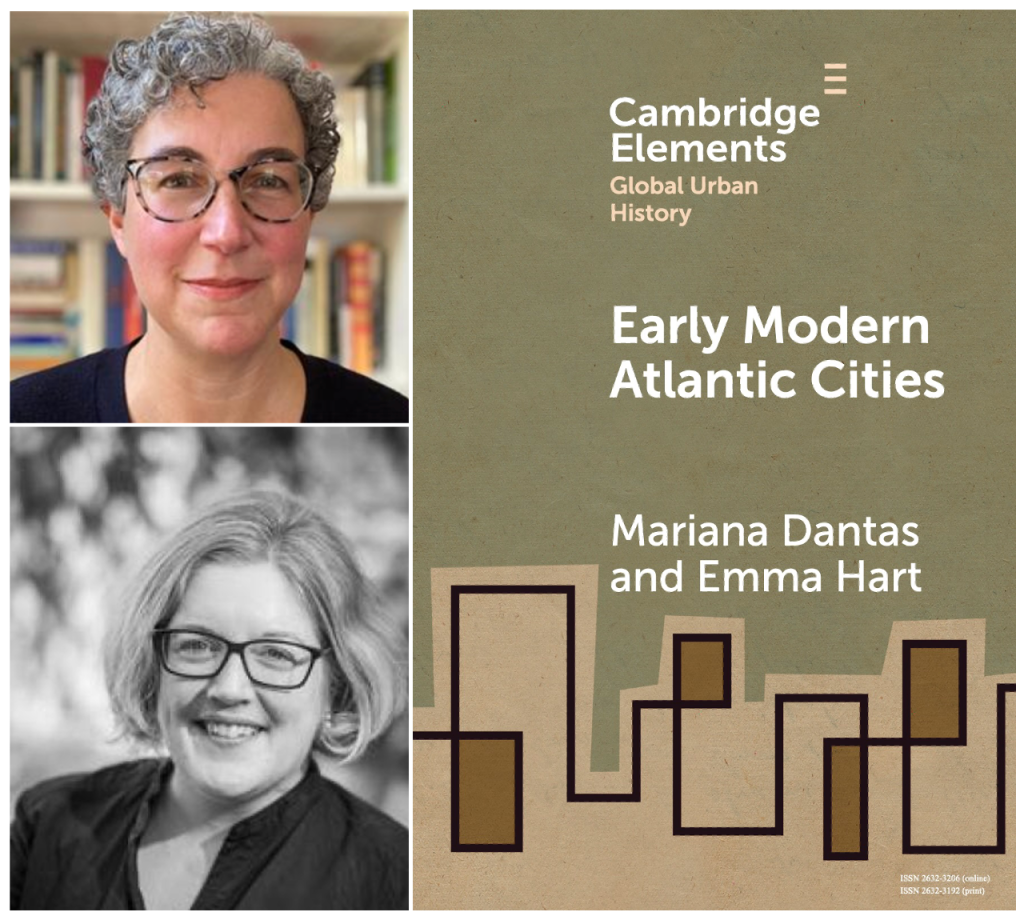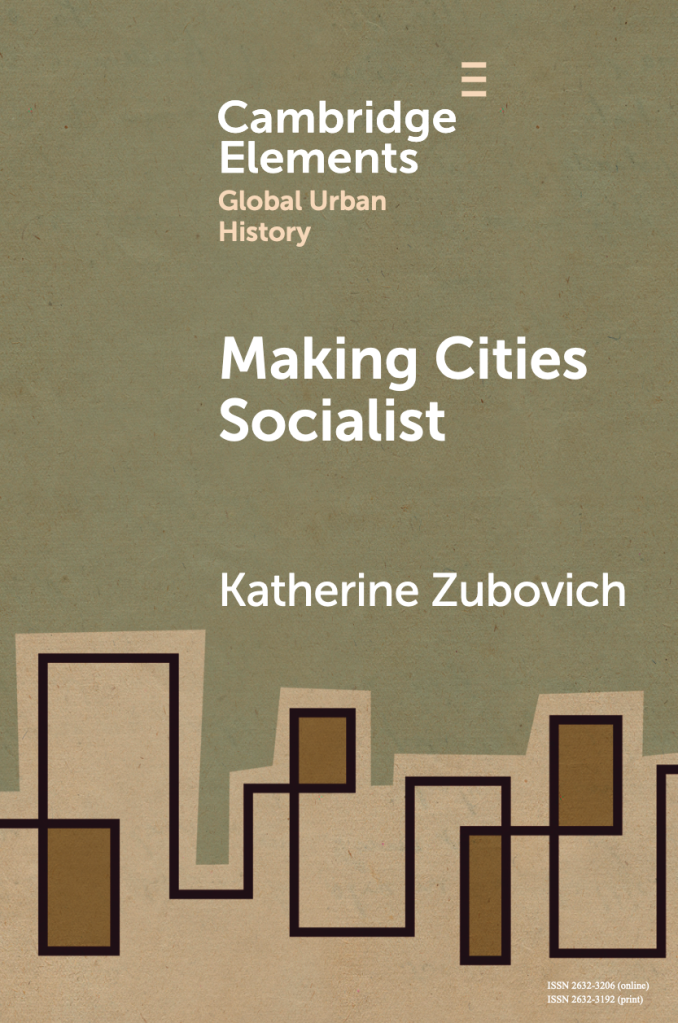To mark the publication of new contributions to our Cambridge Elements in Global Urban History series, we will feature interviews with authors and share short excerpts from their work. Here, GUHP Blog associate editor Maytal Mark interviews Mariana Dantas and Emma Hart, the authors of Early Modern Atlantic Cities. Mariana Dantas is Associate Professor of History at Ohio University. She is a specialist in the history of slavery and African diasporic peoples in the Atlantic World. Emma Hart is the Roy F. and Jeannette P. Nichols Chair of American History at the University of Pennsylvania and the Richard S. Dunn Director of the McNeil Center for Early American Studies. She is a historian of early North America, the Atlantic World, and early modern Britain between 1500 and 1800.
Early Modern Atlantic Cities traces the emergence of the Atlantic city as a site of contact, an agent of colonization, a central node in networks of exchange, and an arena of political contestation. Dantas and Hart show how cities of the Atlantic World operated at the juncture of many of the core processes in a global history of capitalism and of rising social and racial inequality. A source of analogous experiences of division as well as unity, they helped shape the Atlantic world as a coherent geography of analysis.
An excerpt of Early Modern Atlantic Cities follows the interview.













